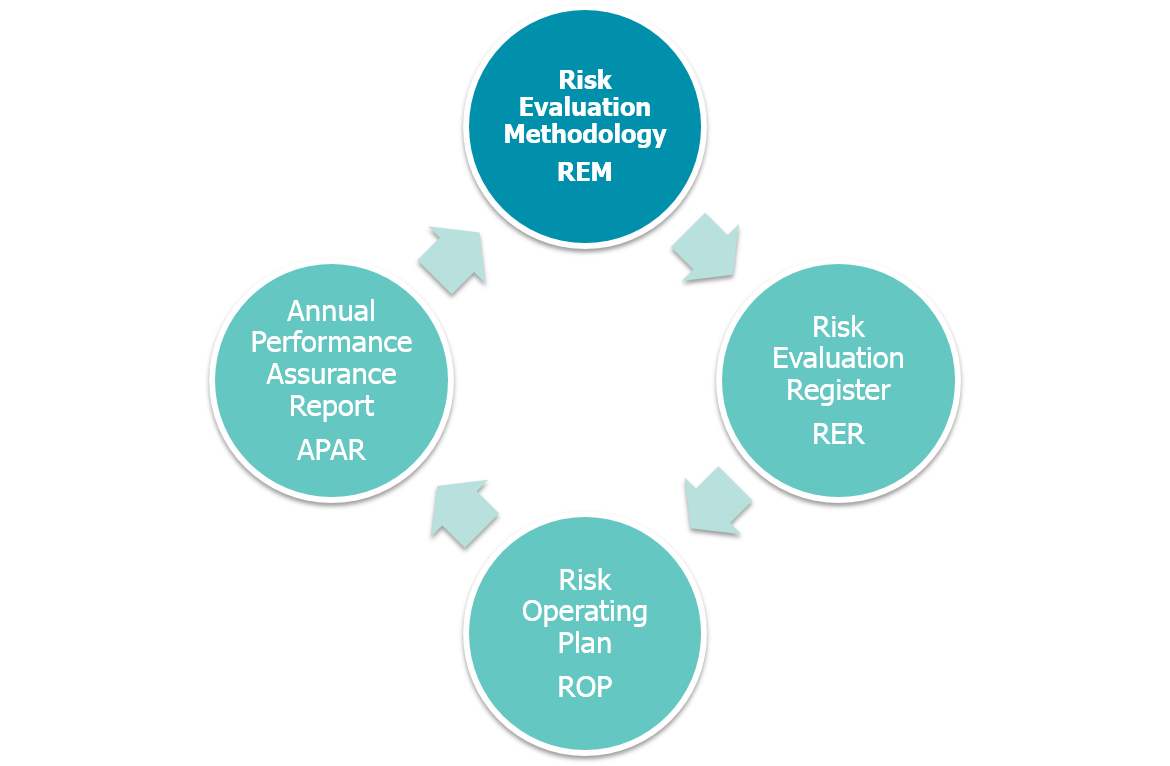ELEXON Insights: Identifying Settlement risks just got easier
We have listened to concerns of BSC Parties and we’ve implemented two major changes that will help Settlement risk and error.
Managing the Settlement process
Managing the Balancing and Settlement Code is a complex process and our job is to make sure that it is as accurate as possible. A wide variety of companies are involved in supplying power to consumers. Throughout the supply chain accurate information is needed to inform Settlement.
To run the Settlement process we have to manage huge amounts of data. Given the volume of information, and the stakeholders involved, inaccuracies in the data will occur. We police the Settlement process to ensure that electricity companies provide accurate information in accordance with BSC processes and obligations. It is our job to ensure that errors are minimised through our Performance Assurance Framework.
Making it easier to understand Settlement risks
In 2007, the framework shifted from being entirely compliance focused, to being risk-based. We continue to evaluate BSC Parties’ performance to ensure it is compliant and Settlement is protected, but we use a risk register to prioritise our activities according to the materiality of the issues. This enables us to flex and adapt to an ever changing and growing marketplace where Settlement risks may increase or change as developments occur.
We are committed to making improvements in Performance Assurance and the impact it has on companies. Before this year we had identified 220 risks to Settlement. BSC Parties told us that this was too complex to understand and limited them in understanding how they could reduce their contribution to Settlement risk and error. We have delivered two changes that will help them.
Reducing the number of risks
From April 2019 we have been using a new risk evaluation register which contains only 34 risks (within four categories). To help companies understand the materiality of each risk we have also estimated the financial impact on Settlement, should the risk not be mitigated. We have provided a list of risk factors and controls which Parties can consider to aid them in managing each risk. The risk operating plan sets out activities we will undertake to mitigate risks over the course of the year – proportionate to the estimated materiality.
The new risk operating plan focuses on the following cycle:
- Risk Evalutaion Methodology (REM)
- Risk Evaluation Registration (RER)
- Risk Operating Plan (ROP)
- Annual Performance Assurance Report (APAR)
Risk Visualisation Tool
The Risk Visualisation Tool is an interactive set of diagrams breaking down the risks by the relevant Settlement processes, so that they are understood more easily. The tool is designed to be used in conjunction with the risk register. It shows where deviation from certain processes can lead to inaccurate data being submitted. Early feedback from our customers is that the tool is helping them. We are currently asking for views on it, and the Performance Assurance Framework, in our 2019 customer survey. We will use the feedback to develop the tool further if that would be useful to our customers.
How graduates made the difference
The Risk Visualisation Tool was developed by employees on ELEXON’s graduate scheme. It represented an opportunity for graduates to get involved in challenging work, with the potential to make a big difference to the sector and help the organisation to take an innovative approach to supporting the industry.
Creating an interactive, visual tool such as this can also pave the way for our wider work to digitise the BSC, so that it is much easier for established companies, new entrants and innovators to understand.

